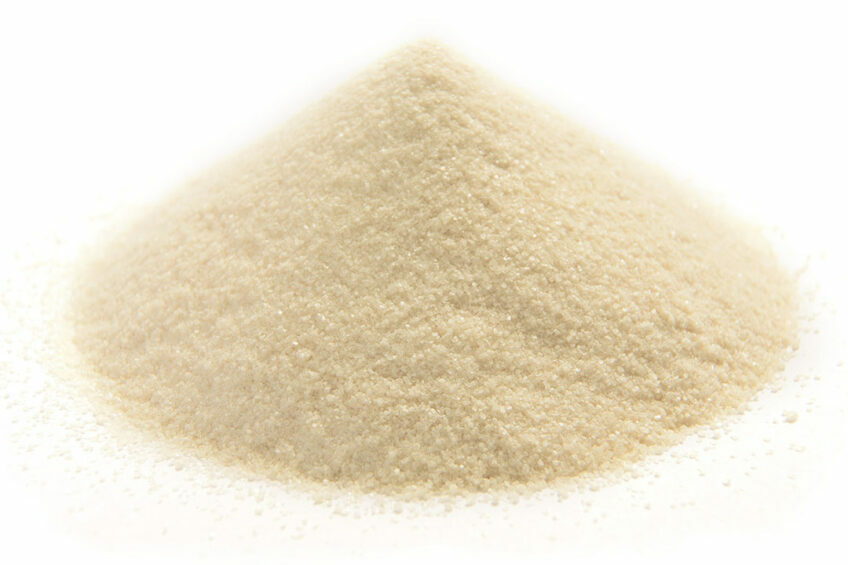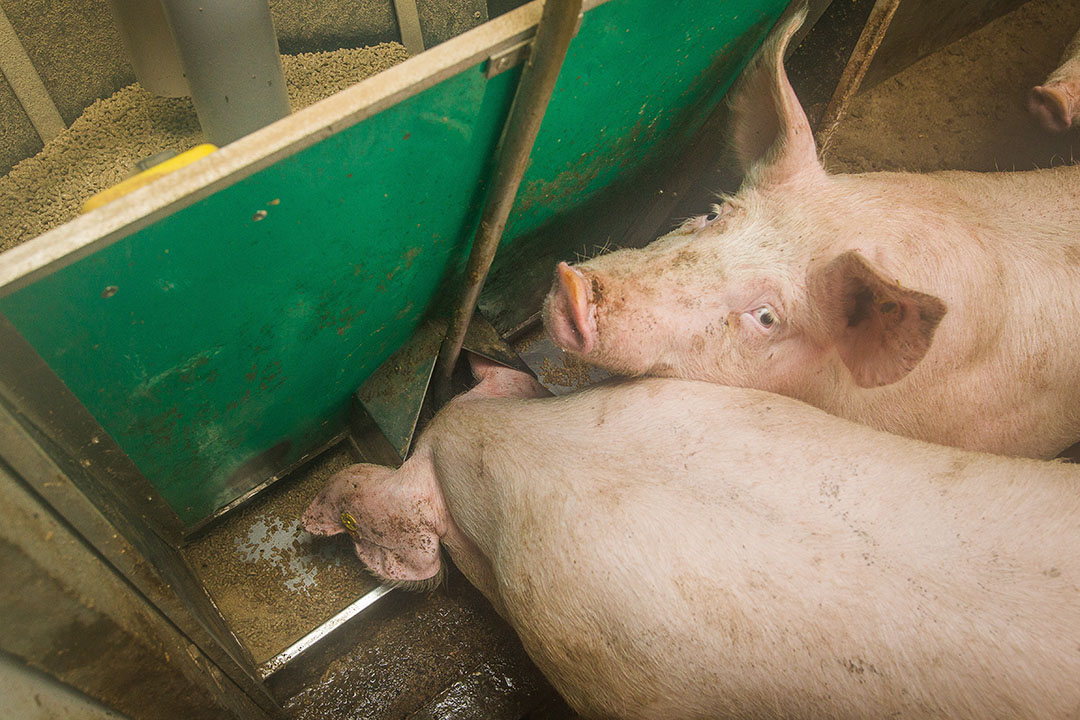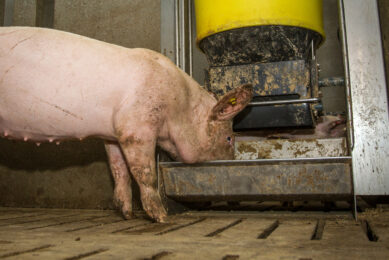Amino acids: A bright synthetic future

The use of synthetic amino acids in pig and poultry diets is increasing. And with the use of ileal amino acid digestibility measurements for various feed ingredients, nutritionists can formulate even more precisely.
The use of synthetic amino acids, which according to a UN Food and Agriculture Organization (FAO) report were first produced about 4 decades ago, continues to increase in feed for both broiler chickens and pigs for several important reasons.
One is that they help support sustainable livestock production, which is a very large industry concern. Incorporation of amino acids can reduce the amount of crude protein and allow better nutrient utilisation, thereby reducing nitrogen pollution from animal waste. They also enable more flexibility in the replacement of imported soybeans (and soybean meal [SBM]) from Brazil and Argentina, where production of the crop has involved significant destruction of the rainforest. And nowadays, amino acids can be produced economically in large volumes.

Swine is the second largest market
According to a 2021 report from Research & Markets, poultry feed constitutes the largest market for amino acids among all of the feed categories. In 2020, poultry consumed 44% of the global volume, and that’s expected to grow at an annual rate of 6.5% to 2026, reaching a projected 3.3 million metric tonnes. Swine is the second-largest category at 37%, with aquafeed coming in third.
Methionine, threonine and lysine
Dr Janet Remus, senior technical director at Danisco US, notes that, although there are differences in amino acid requirements for pigs and poultry (and the age of animals can also affect their amino acid needs), methionine, threonine and lysine are the 3 main amino acids used for both types of livestock. Animal nutrition company Evonik projects a growth rate of 4–5% until 2030 for all 3 of these amino acids.
With new added amino acid products coming onto the market, nutritionists will be able to further optimise dietary essential amino acids for pigs and poultry
Dr Janet Remus, senior technical director at Danisco US
Dr Remus explains that expansion of amino acid incorporation in feed has been supported through the use of ileal amino acid digestibility measurements for various feed ingredients and as a base for nutrient requirements in both pig and poultry diets. This system, she says, allows more accurate assessment of animal needs for each amino acid. She also says, “With new added amino acid products coming onto the market, nutritionists will be able to further optimise dietary essential amino acids for pigs and poultry.”
Methionine demand
The methionine market grew substantially in 2019 and 2020, explains Yama Olumi (Evonik market communications leader for animal nutrition) due to the unprecedented shift in China from pork to poultry meat consumption. This happened, of course, because of the devastating pig losses in China from widespread African Swine Fever (ASF).
Olumi notes, “As DL-methionine is the first limiting essential amino acid in poultry and only the third or fourth limiting amino acid in swine, the average supplementation rate of DL-methionine in broiler feed is often 4 times higher than in pig feed.”
And, because lysine, threonine and tryptophan are the first, second, and third or fourth limiting essential amino acids in swine, demand for them has decreased over the last 2 years. Olumi says valine demand has been steady as it is pretty much equally supplemented in swine and poultry feeds. One third of the global methionine market is liquid methionine hydroxy analogue, reports Olumi, while the rest is DL-methionine (including L-methionine), “reflecting the clear preference of end users for a more versatile and reliable product, especially in terms of bio-efficacy”.
Methionine will be irreplaceable
Looking ahead, Olumi says methionine demand will probably increase along with a growing global population and a corresponding expected increase in demand for affordable, safe and sustainable animal protein. “Sustainable in this context means the consequent reduction of ecological footprint, CO2 emissions and nitrogen excretion via sustainable nutrition concepts,” he explains, “which makes methionine irreplaceable in modern livestock production.”
The article “Progress of amino acid nutrition for diet protein reduction in poultry”, published in April 2021, found that feed formulation with methionine and other amino acids can lead to over a 20% reduction in crude protein in broiler grower diets (reducing nitrogen consumption). It can also result in over a 50% reduction in SBM use. Olumi notes that, depending on what alternatives are chosen to replace SBM, “the use of supplemented amino acids can move in one direction or another”. For example, if more rapeseed meal is used, less methionine is needed.
Balancing protein levels
Olivier Gestin, broiler poultry manager at ADM Animal Nutrition, explains that in addition to sustainability concerns related to SBM, feed ingredient price volatility and the limited availability of non-genetically modified organism feed ingredients is also impacting demand for amino acids in broiler feeds. Like other animal nutrition companies, ADM is “exploring alternatives to reduce protein levels without decreasing animal productivity and we are expanding our knowledge of the impacts of various amino acids,” Gestin reports.
Amino acids can support efforts towards demedication and antibiotic reduction, though we have to control the ratio of indigestible proteins provided by amino acids so that animal productivity is not lost
ADM pig manager Sylvain Lebas
“We measure animal performance, including average daily gain, feed intake and feed conversion rate, as well as the functional effects of amino acids, such as during heat stress or following vaccinations.”
Valorisation of protein
ADM’s pig manager Sylvain Lebas explains that in pigs, the use of amino acids has increased, first because the supply available for purchase has grown. “Second is the impact on livestock performance. Amino acids can support efforts towards demedication and antibiotic reduction, though we have to control the ratio of indigestible proteins provided by amino acids so that animal productivity is not lost. Third, the strong evolution of the feed market makes alternatives to soy protein more interesting. As a result, the outlook for amino acid demand remains high.”
In ADM’s swine feed research, the company has an ongoing project on the valorisation of protein by pigs. “We are researching how to adjust the nutritional intake of protein to meet the animals’ needs at each life stage,” Lebas reports.
“We are also exploring how a sow’s protein intake can influence the quality of its milk, which will help address the challenge of piglet welfare and digestive health in the first days of life.”











